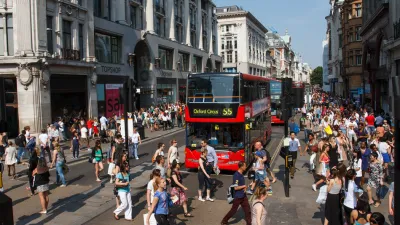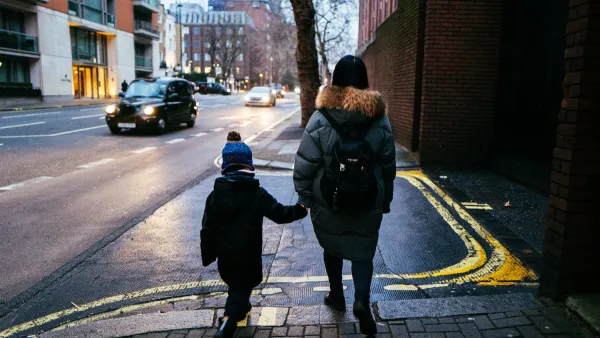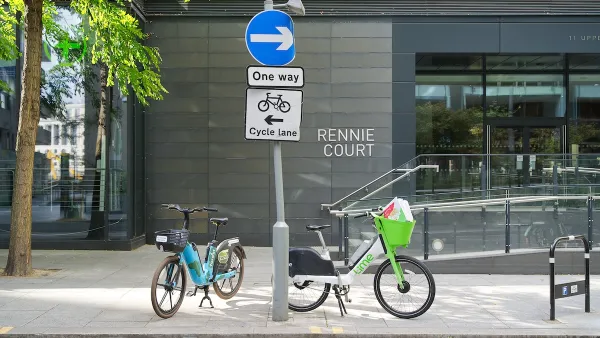London has always been a pedestrian-friendly city. But over the last decade the number of daily trips taken on foot in the city jumped by 12 percent, while walking declined nationwide. What explains the capital's pedestrian popularity?

"One of the largest changes in the city over the past decade is the number of pedestrians, says Michèle Dix of Transport for London (TfL), which runs the city’s transport networks."
"Several reasons account for the walking boom," explains The Economist. These include population growth, overcrowded subways, improved wayfinding, pedestrian-friendly street designs, and health campaigns.
"But the capital is bucking the national trend," The Economist adds. "Although in 2011 walking was up across the country, it has seen an overall decline of 27% in Britain since 1995. This is partly caused by fewer children walking to school. And while rural rambles are still popular, fewer people are walking to their weekly grocery shop. Many more are shopping online. Local authorities want to change this. Pedestrians spend an average of £373 ($571) a month, compared with £226 for drivers, according to data from TfL. Ailing high streets and town centres need to win back walkers. Learning from London’s incentives would be a start."
FULL STORY: Footfalls

National Parks Layoffs Will Cause Communities to Lose Billions
Thousands of essential park workers were laid off this week, just before the busy spring break season.

Retro-silient?: America’s First “Eco-burb,” The Woodlands Turns 50
A master-planned community north of Houston offers lessons on green infrastructure and resilient design, but falls short of its founder’s lofty affordability and walkability goals.

Delivering for America Plan Will Downgrade Mail Service in at Least 49.5 Percent of Zip Codes
Republican and Democrat lawmakers criticize the plan for its disproportionate negative impact on rural communities.

Test News Post 1
This is a summary

Test News Headline 46
Test for the image on the front page.

Balancing Bombs and Butterflies: How the National Guard Protects a Rare Species
The National Guard at Fort Indiantown Gap uses GIS technology and land management strategies to balance military training with conservation efforts, ensuring the survival of the rare eastern regal fritillary butterfly.
Urban Design for Planners 1: Software Tools
This six-course series explores essential urban design concepts using open source software and equips planners with the tools they need to participate fully in the urban design process.
Planning for Universal Design
Learn the tools for implementing Universal Design in planning regulations.
EMC Planning Group, Inc.
Planetizen
Planetizen
Mpact (formerly Rail~Volution)
Great Falls Development Authority, Inc.
HUDs Office of Policy Development and Research
NYU Wagner Graduate School of Public Service





























